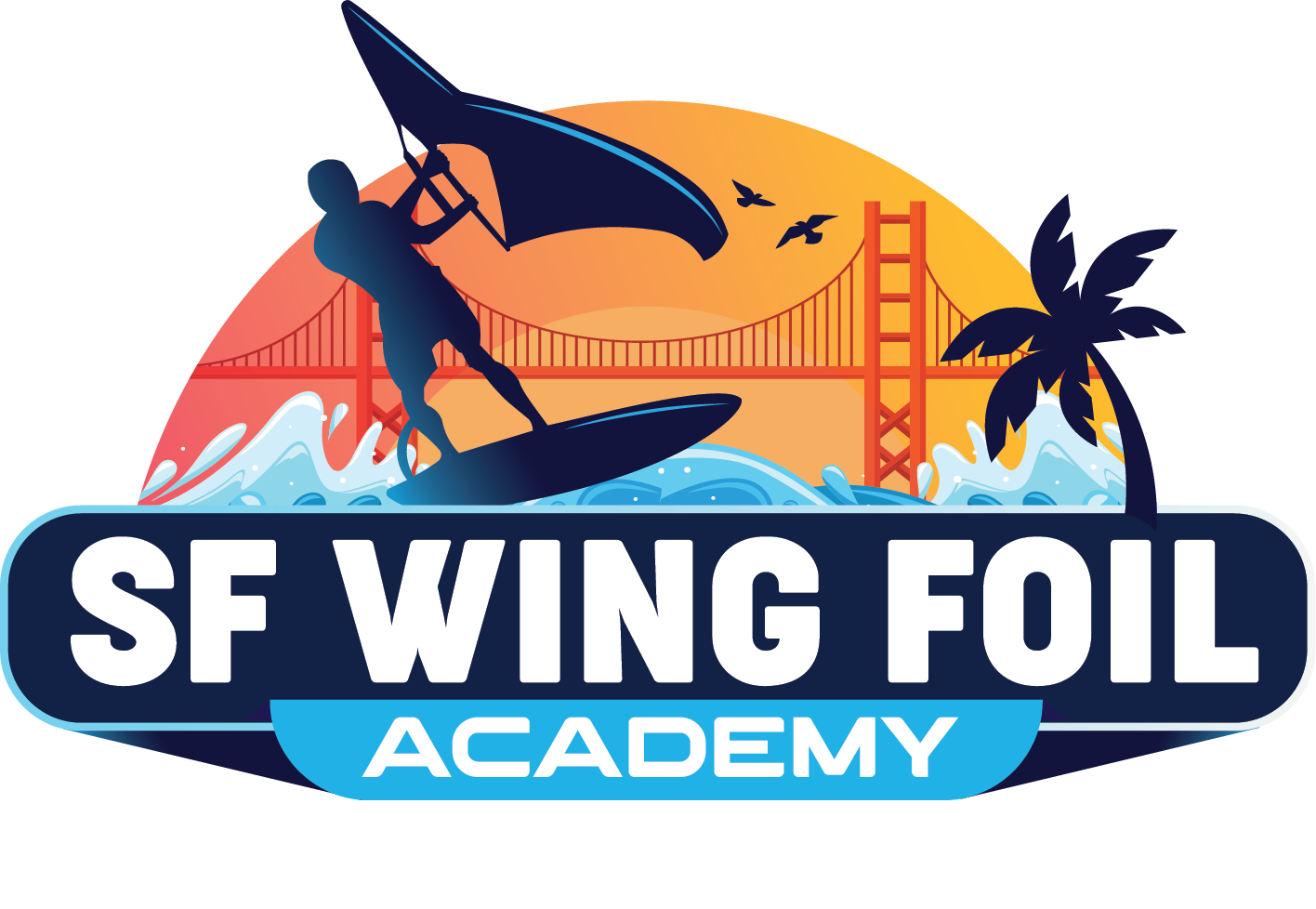On July 20, 2025, the world’s elite foil athletes gathered to tackle one of ocean racing’s most formidable challenges: the 32-mile crossing of the Ka’iwi Channel from Molokai to Oahu. The dedicated foil division of the legendary Molokai 2 Oahu Paddleboard World Championships brought together over 100 competitors in both SUP foil and wing foil disciplines, creating a spectacle that showcased the evolution of foiling technology and the incredible skill required to master these treacherous waters.
Championship Results: New Champions Crowned
Wing Foil Division Champions
In the Wing Foil division, Marley Franco came out on top out of 28 competitors, establishing himself as the new king of cross-channel wing foiling. Franco’s victory represents a breakthrough performance in what has become one of the most competitive divisions in ocean racing.
Men’s Wing Foil Results:
- 1st Place: Marley Franco – Demonstrated exceptional endurance and tactical awareness throughout the 32-mile crossing
- 2nd Place: Cash Berzolla – Strong performance in challenging conditions
- 3rd Place: Bobo Gallagher – Remarkable achievement for this young competitor
Women’s Wing Foil Results:
- 1st Place: Lily Buden – Dominated the women’s field with superior technique and race strategy
- 2nd Place: Tatiana Grant – Consistent performance across the channel
- 3rd Place: Anna Kalabukhova – International competitor showcasing global talent
SUP Foil Division Champions
The SUP Foil field was led by defending champion Edoardo Tanas, 22, of Italy, who won the 2024 Moloka’i 2 O’ahu (M2O) and the Koa Kai Triple Crown. Tanas successfully defended his title, proving his mastery of the challenging Ka’iwi Channel conditions.
Men’s SUP Foil Results:
- 1st Place: Edoardo Tanas – Successfully defended his 2024 championship with a commanding performance
- 2nd Place: Kane de Wilde – Local Hawaiian talent representing the next generation of foil racers
- 3rd Place: Kai Thompson – Solid performance in the most competitive division
Women’s SUP Foil Results:
- 1st Place: Annie Reickert – Reickert finished 37th overall and was neck-and-neck with second-place winner Gabriella Bella until the very end
- 2nd Place: Gabriella Bella – Pushed the winner to the limit in an exciting finish
- 3rd Place: Olivia Piana – International competitor adding depth to the women’s field
The Ultimate Test: Ka’iwi Channel Navigation
The Ka’iwi Channel, known locally as the “Channel of Bones,” presents one of the most demanding navigation challenges in ocean sports. The course covers roughly 40 miles across the Kaiwi Channel that connects the island of Molokai to Oahu, though the official race distance is measured at 32 miles due to the specific start and finish points.
Course Design and Strategic Considerations
The new course starts FOILERS off Kepuhi Beach toward ‘Īlio Point on the west end of Molokai and finishes at Kaimana Beach outside of windsock, allowing for a longer downwind run and coastal finish. This routing provides several strategic advantages:
Start Location Benefits:
- Kepuhi Beach offers protection from the prevailing trade winds during the critical start phase
- The western positioning allows athletes to capitalize on the channel’s wind patterns
- Clear water depth suitable for foil equipment launch
Finish at Kaimana Beach:
- Provides spectator access for dramatic finish viewing
- Protected waters allow for safer finishes in potentially challenging conditions
- Historic significance as the traditional finish point for channel crossings
Navigation Challenges and Techniques
The Ka’iwi Channel crossing demands sophisticated navigation skills that go far beyond basic ocean awareness. Competitors must master several critical elements:
Wind Pattern Recognition: The channel’s unique geography creates complex wind patterns that change throughout the day. Morning trade winds typically provide consistent conditions, but thermal effects from both islands can create wind shadows, acceleration zones, and unexpected direction changes. Successful racers study these patterns extensively and adjust their crossing angles accordingly.
Current Management: The channel features strong currents that can significantly impact race outcomes. The North Pacific Current and local tidal flows create drift patterns that require constant attention. Elite competitors use GPS devices to monitor their actual track versus intended course, making real-time adjustments to maintain optimal positioning.
Swell Reading and Wave Selection: The channel’s exposure to North Pacific swells creates challenging wave conditions that foil racers must navigate skillfully. Reading swell patterns, identifying connecting waves, and maintaining foil efficiency in varying wave sizes separates elite competitors from the field.
Race Logistics and Safety Protocols
Registration and Equipment Requirements
Athletes receive specific equipment at registration on Molokai including 2 race number stickers for their boards, 2 race number stickers for their boats for both sides of HULL if applicable, and race jersey – color specific. This systematic approach ensures proper identification and safety tracking throughout the event.
Equipment Specifications:
- Approved foil equipment meeting international safety standards
- Mandatory safety equipment including leashes, whistles, and identification
- GPS tracking devices for real-time monitoring
- Communication equipment for emergency situations
Support Structure and Safety
The race features comprehensive safety protocols developed over 25 years of channel crossing experience:
Escort Requirements: While solo athletes are not required to have dedicated escort boats, the race organizes comprehensive safety coverage including patrol boats, medical support, and rescue capabilities positioned throughout the channel.
Weather Monitoring: Advanced weather forecasting and real-time monitoring ensure race conditions remain within safe parameters. The race committee maintains authority to modify or cancel based on safety considerations.
Emergency Protocols: Established rescue procedures include helicopter support, Coast Guard coordination, and multiple rescue vessels strategically positioned throughout the crossing.
Technical Considerations for Foil Racing
Equipment Selection for Channel Conditions
The Ka’iwi Channel’s unique conditions require specific equipment considerations that differ from typical coastal foiling:
Foil Selection:
- Larger front wings for stability in confused seas
- Durable construction to handle potential impacts
- Efficient designs for sustained high-speed operation
Board Considerations:
- Sufficient volume for rough water launches
- Durability features for challenging conditions
- Recovery characteristics for inevitable crashes
Performance Optimization
Successful channel foiling requires optimization across multiple variables:
Speed vs. Stability: Elite racers balance maximum speed potential with the stability needed for 32-mile consistency. Equipment choices reflect this balance, with slightly more conservative setups often proving faster overall.
Energy Management: The extended duration requires careful energy management. Successful racers develop pacing strategies that maintain high average speeds without exhausting themselves before the finish.


